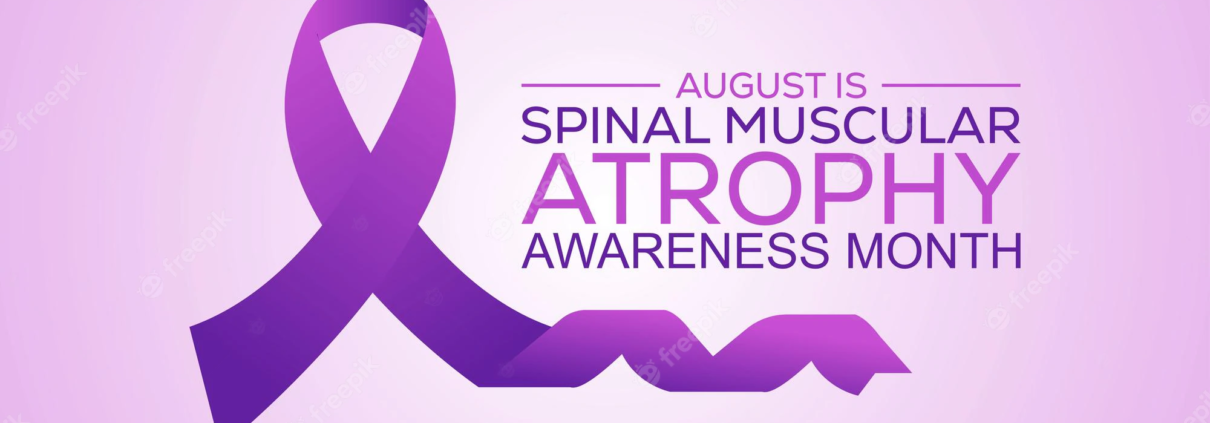August is Spinal Muscular Atrophy Awareness Month
August is Spinal Muscular Atrophy Awareness Month!
Spinal Muscular Atrophy (SMA) is a hereditary neurodegenerative disorder that negatively affects the motor control of 1/10000 people across the lifespan depending on type with which diagnosed. A decline in muscle strength is common affecting an individual’s ability to contribute and participate in society, increasing their economic burden, and in extreme cases, results in death. Hospitalization costs an average of 100k annually for these individuals. Therapy can help reduce hospitalizations, burden on caregivers, and provide education on how to manage this progressive chronic condition to improve these outcomes.
How Physical Therapy Can Help
Physical therapists screen for neuromuscular delays while monitoring gross motor developmental milestones as part of their SMA assessment. They reduce fall risk by slowing the decline of range of motion, endurance, and strength to maintain and possibly increase mobility (walking, standing, sitting etc.) through therapeutic exercise and neuromuscular electrical stimulation. Seating/mobility device and orthotics recommendations may be made. Preventing the worsening of scoliosis may be included in treatment.
How Speech Therapy Can Help
Speech therapists screen for oral/laryngeal/pharyngeal motor delays as part of their typical assessment. Communication devices and vital stim to aid in breathing and swallowing function may be recommended to aid the individual with SMA in returning to social and mealtime participation.
How Occupational Therapy Can Help
Occupational therapy can assist people with SMA in becoming more independent in their daily activities, including with basic self-care, work, or hobby pursuits through the use of therapeutic activities. A screening for fine motor and self-care developmental milestones is part of the typical assessment for SMA. Home and lifestyle modifications, adaptive equipment and assistive technology recommendations, energy conservation strategies, and basic mental health care may be provided.
Therapy has been associated with reduced anxiety/depression and increased hopefulness for the future. Early intervention and collaboration with physicians is the key to comprehensive care. Help facilitate access to therapy services for individuals you may know with SMA today!
Alita Borkar MA, OTR/L, CPAM is an Occupational Therapist in the outpatient setting. Alita believes everyone deserves access to therapy services that improve the ability to live a happy, meaningful, and productive life. She believes in ethical, evidence based, high quality services and is passionate about developing evidence based programs, advocacy, and mentoring students for effective family services.
References
Ch’ng, G.S., Koh, K., Ahmad-Annuar, A. et al. A mixed method study on the impact of living with spinal muscular atrophy in Malaysia from patients’ and caregivers’ perspectives. Orphanet J Rare Dis 17, 200 (2022). https://doi.org/10.1186/s13023-022-02351-4
“Cure SMA, Novartis Publish Economic Burden of SMA Analysis in Journal of Market Access & Health Policy – Cure SMA.” Cure SMA, 20 Dec. 2020. www.curesma.org/cure-sma-and-novartis-gene-therapies-publish-economic-burden-paper/#:~:text=Results%20of%20this%20analysis%20highlight Accessed 26 July 2023.
“List of Treatments for Spinal Muscular Atrophy.” MySMAteam, 2023. www.mysmateam.com/treatments.
“Spinal Muscular Atrophy (SMA) | CDC.” Www.cdc.gov, 20 Dec. 2021. www.cdc.gov/nceh/dls/nsmbb_sma.html#:~:text=Spinal%20Muscular%20Atrophy%20(SMA)%20is.



